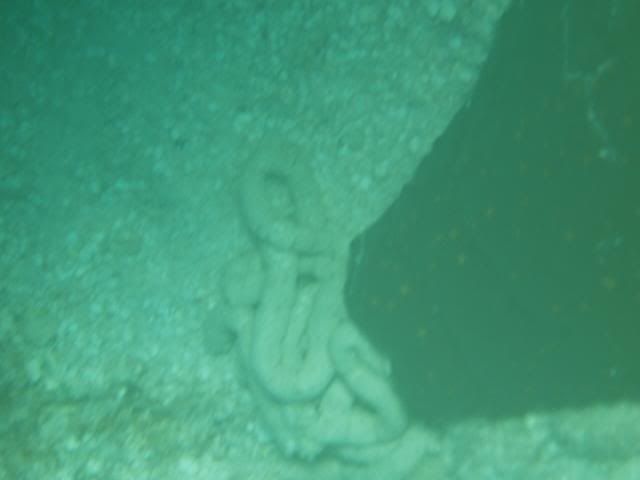Whoa! 8" inches in diameter, that's huge for an invertabate! I'm still leaning that way for the following reasons:
.....
!) Mammals are usually swimming when they defacate, and it never comes out that "neatly"; they never sit on the bottom and string it out that i've seen.
2) Vertibate stool (not that i'm an expert here

), isn't normally that uniform for that length, due to the consumption rate of food materials (nature and availability of their food sources); food comes intermittantly, and of a different variety, so stool is varied in size, texture and color, and not nearly that long.
3) Invertibrates, like sea cukes and worms, take in a much larger portion, over a longer period, due to less nutrients in the sand. Thus their "excrement" will be longer and more uniform since they "excrete" as they eat. The longer they eat, the longer it'll be.
4) The "debris" looks too uniform, and looks to contain sand and other differently colored minerals.
.....
Without being there, and seeing anything else around that might suggest what couldve caused it. It would be interesting to see if any parts contain bones or krill shells ... that would tell us if it was from a whale. But it still seems unlikely that it would just fall neatly into a coiled position like that, and not disperse more across the bottom in the surrounding area.
-----
Mike.




